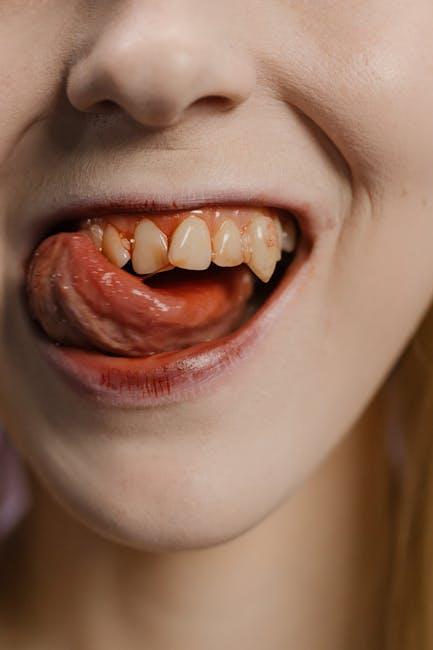
Does Medicaid Cover Dental? Orthodontics, Common Procedures & State Coverage
Dental health is critical to overall wellness, but many people wonder, “Does Medicaid cover dental services?” The answer isn’t straightforward—it varies by state and depends on factors like age, type of dental care, and Medicaid plan specifics. In this comprehensive article, we’ll delve into Medicaid dental coverage, including orthodontics, common dental procedures, and how states differ in what they offer.
Understanding Medicaid Dental Coverage
Medicaid is a state and federally funded program that provides health coverage for low-income individuals and families. While Medicaid must cover some dental services for children, coverage for adults is optional and varies significantly across states.
Medicaid Dental Coverage for Children
Under the Early and Periodic Screening, Diagnostic, and Treatment (EPSDT) benefit, Medicaid is federally required to cover comprehensive dental services for individuals younger than 21 years old. This includes:
- Routine dental checkups and cleanings
- Fillings and restorations
- Tooth extractions
- Orthodontic evaluations and treatments if medically necessary
- Emergency services
Medicaid Dental Coverage for Adults
Unlike children, adults have no federally mandated dental coverage under Medicaid. Each state decides which dental services to cover for adults. Some states provide comprehensive benefits, while others offer limited or emergency-only dental care.
Does Medicaid Cover Orthodontics?
Orthodontics—such as braces or aligners—are often considered cosmetic and are not routinely covered by Medicaid for adults. However, orthodontic treatment may be covered for children under Medicaid if it is deemed medically necessary. This means the treatment must address functional problems such as:
- Severe malocclusion (bad bite)
- Congenital facial abnormalities (e.g., cleft palate)
- Jaw growth issues impacting chewing or speech
States vary widely in their orthodontic coverage policies. Some states require prior authorization and detailed documentation before approval.
Common Dental Procedures Covered by Medicaid
Typically, Medicaid dental coverage includes the following common services (especially for children):
| Procedure | Description | Coverage Notes |
|---|---|---|
| Dental Exams & Cleanings | Routine check-ups and professional cleaning | Usually covered annually or bi-annually |
| Fillings | Treatment for cavities | Covered for children; varies for adults |
| Tooth Extractions | Removal of damaged or problematic teeth | Covered based on medical necessity |
| Root Canals | Removal of infected dental pulp | Covered in most states for children; adult coverage varies |
| Dental X-rays | Imaging to diagnose dental issues | Regularly covered for children |
| Orthodontic Treatment | Braces and related appliances | For children when medically necessary; usually not covered for adults |
State-by-State Variation in Medicaid Dental Coverage
Because Medicaid is administered by states within federal guidelines, there is no uniform standard for adult dental benefits. Below is a snapshot of how dental coverage varies:
| State | Adult Dental Coverage | Orthodontics for Children |
|---|---|---|
| California | Comprehensive dental benefits, including some orthodontics | Covered when medically necessary |
| Florida | Limited emergency adult dental coverage only | Covered |
| New York | Comprehensive adult dental coverage, including preventive and restorative services | Covered with prior authorization |
| Texas | Emergency dental services only | Covered |
| Ohio | Limited adult dental benefits; preventive services and some restorations | Covered when medically necessary |
Benefits of Medicaid Dental Coverage
Having dental coverage through Medicaid can provide significant benefits, including:
- Access to Preventive Care: Early detection and prevention of cavities and gum disease.
- Improved Overall Health: Good oral health is linked to better cardiovascular and diabetes management.
- Affordability: Reduced or no out-of-pocket costs for dental care for eligible individuals.
- Reduced Emergency Visits: Access to routine dental services helps avoid expensive emergency room visits.
Practical Tips for Using Medicaid Dental Benefits
Maximize your Medicaid dental coverage with these practical tips:
- Verify Your State’s Dental Benefits: Check your state Medicaid website for up-to-date dental coverage details.
- Find Participating Dentists: Use state directories to locate Medicaid-accepting dental providers.
- Keep Track of Service Limits: Some services have limits (e.g., number of cleanings per year).
- Get Prior Authorization: For procedures like orthodontics, ensure all paperwork and approvals are completed before treatment.
- Take Advantage of Preventive Care: Regular exams and cleanings can prevent costly treatments.
Case Study: Medicaid Orthodontic Coverage in California
Mary, a single mother living in California, was concerned about her son’s severe teeth misalignment. Because California offers orthodontic benefits under Medicaid when medically necessary, she consulted with a Medicaid dental provider. After an evaluation and approval process, her son began orthodontic treatment with little out-of-pocket expense. Mary highlights how Medicaid made a significant difference in her son’s oral health and self-confidence without financial strain.
Conclusion
So, does Medicaid cover dental care? Yes, but with important nuances. While children on Medicaid are guaranteed access to a broad range of dental services including some orthodontics, adult coverage varies widely by state and often excludes elective orthodontic care. Understanding your state’s specific Medicaid dental benefits is crucial for accessing necessary dental services without unexpected costs.
Whether you’re seeking routine cleanings, serious dental procedures, or orthodontic treatments, Medicaid dental coverage can provide essential support. Start by checking your state Medicaid dental coverage policies and find a participating dentist to ensure you receive the best dental care available to you under Medicaid.


